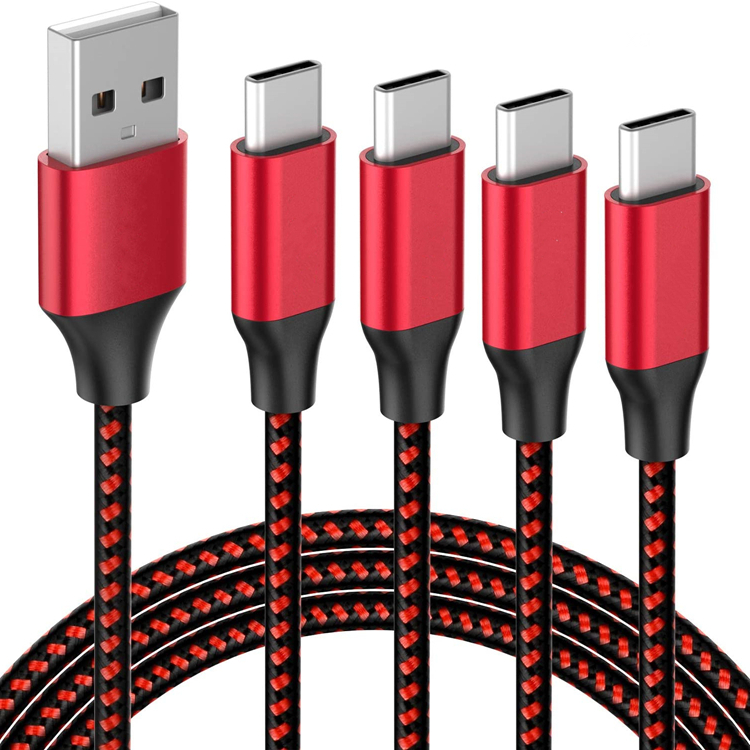1. Apple Lighting data cable The Lighting data cable was released by Apple on September 12, 2012 in the San Francisco Fangcao Convention Center, and it can be translated as "Lightning" interface in Chinese.
There are 8Pin contacts on both sides of the Lighting data cable interface. The function of each contact is defined by a digital chip, regardless of the front and back. No matter how you insert it, it can work normally, so you don't have to worry about the problem of reverse insertion. .
The disadvantage is that the Lighting data cable can only be used on Apple devices, and cannot be used on Android devices and other brand devices.

2. Android Micro-USB interface data cable The Android Micro-USB interface data cable is based on the USB2.0 standard, one side is flat, and the other side has two protrusions.
Android Micro-USB interface data cable, with fool-proof design, cannot be used in reverse.
This kind of data cable is used on old Android devices and most power banks (power bank charging), and can be used on different Android devices.
The disadvantage is that the Android Micro-USB interface data cable has weak data transmission capability and cannot support flash charging (fast charging).

3. Type-C data cable The Type-C data cable is based on the USB3.1 standard, and the front and back of the interface are flat. It can be said to be an upgraded version of the Android Micro-USB interface data cable.
The Type-C interface can be plugged in the front and back, and there is no need to distinguish the positive and negative directions when using: the Type-C interface can transmit higher rates, and can transmit 4K-level video in the interface that supports the USB3.1 function; the Type-C interface can transmit Support larger current, meet the charging function of 3A and 5A, and support reverse charging.

By continuing to use the site you agree to our privacy policy Terms and Conditions.